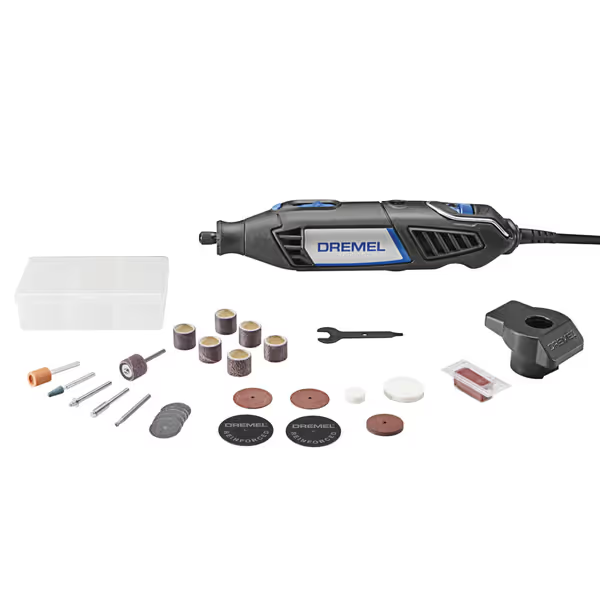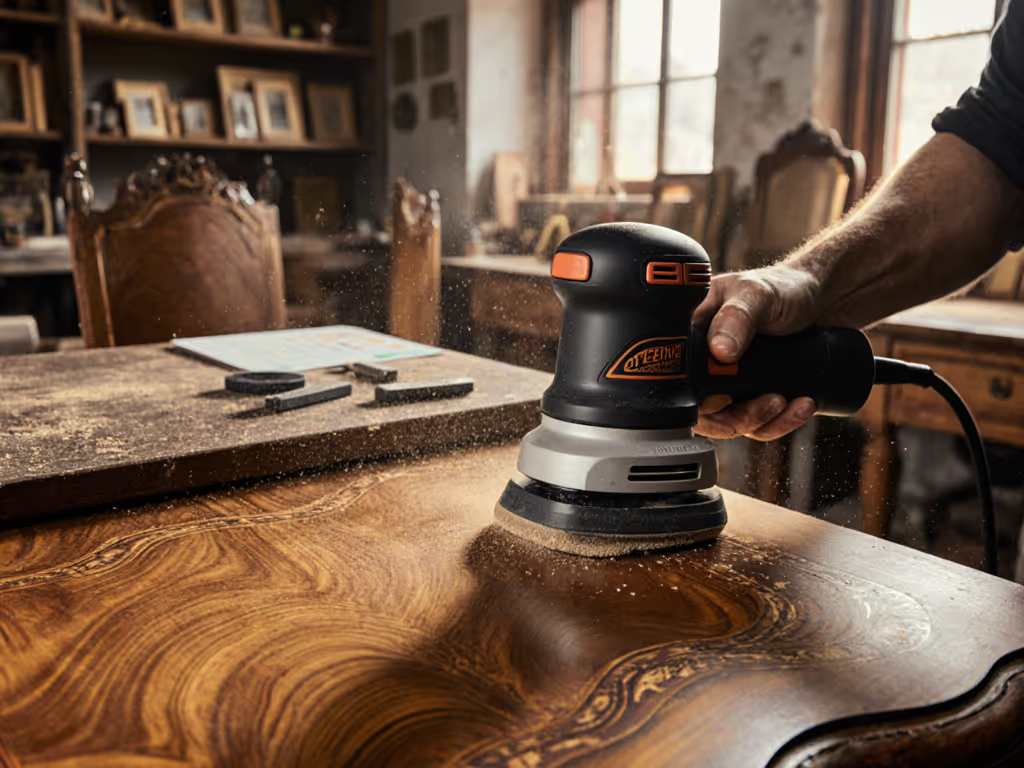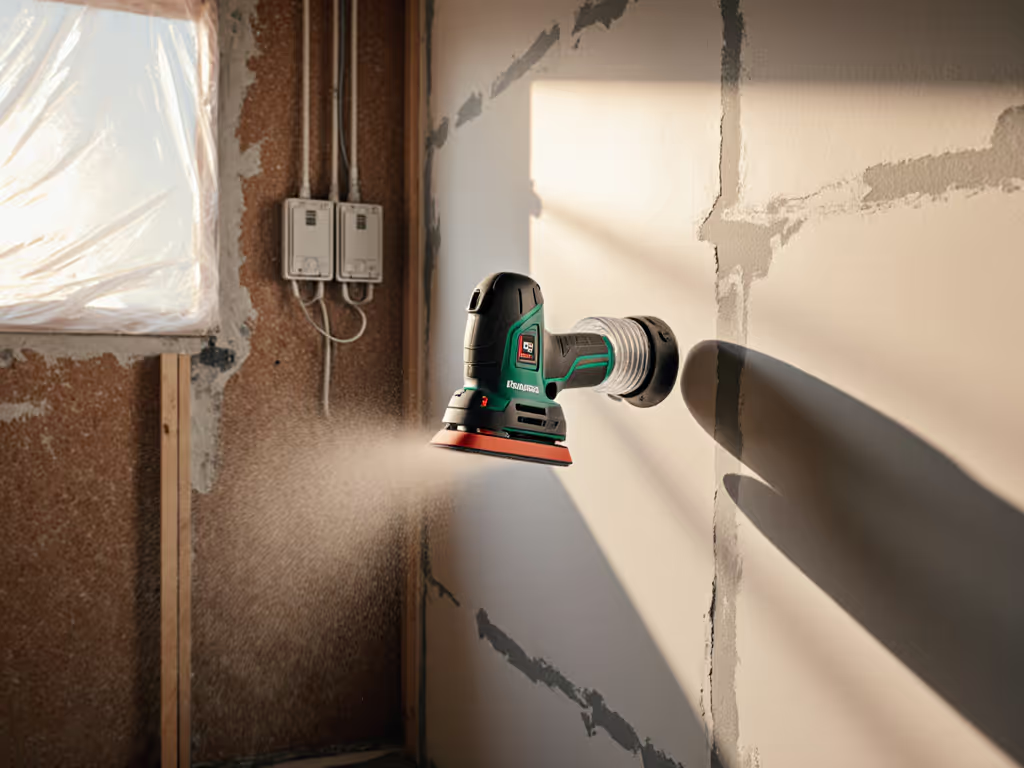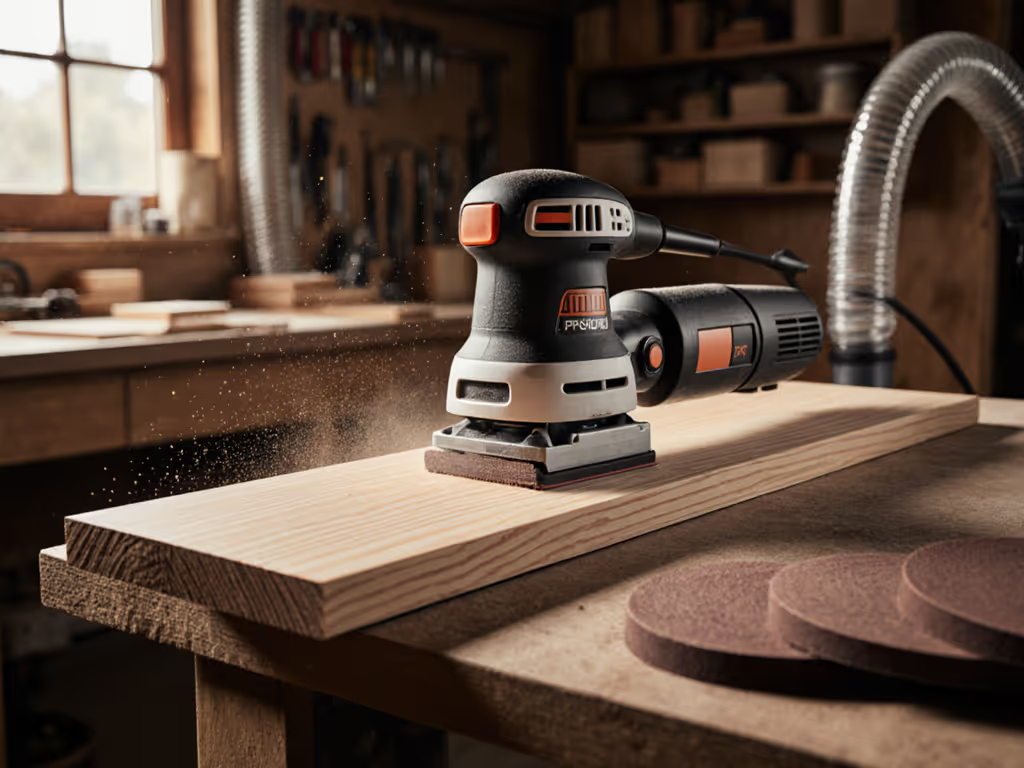
Cordless Rotary Sanders: The Precision Choice for Flawless Finishes in Tight Spaces

For finish professionals, cordless rotary sanders represent the critical evolution in precision surface preparation. Unlike bulkier orbital units, these tools deliver targeted control in corners, edges, and complex profiles where perfection matters most. With dust extraction capabilities and reduced vibration, they solve the twin nightmares of callbacks and crew fatigue. Below, we assess three top performers on measurable outcomes: swirl-free finishes, consistent scratch patterns, and clean operation in occupied spaces.
1. Dremel 4000-1/25: The Versatile Performer

Dremel 4000-1/25 Variable Speed Rotary Tool Kit
Power and Precision: With a 1.6A motor (5,000-35,000 RPM range), this corded rotary sander removes material aggressively while maintaining finesse on veneers and delicate edges. The electronic speed control ensures consistent performance under load, crucial for uniform scratch patterns across substrates.
Dust Management: While not cordless, its compact design pairs well with portable extractors like the Festool CT SYS. The 360° grip aids hose routing in cabinets (critical for avoiding contamination in finish-ready spaces).
Sequence Integration:
- Edge-first protocol: Use pointed accessories at 15° to corners before field work.
- Grit progression: Start at 120 for paint removal, finish with 240+ for primer-ready surfaces.
- Pad stop cards: Mark depth limits on profiled mouldings to prevent burn-through.
Vibration Control: At 2.66 lbs, it minimizes hand strain during overhead work (a key advantage for multi-day cabinet projects).
2. Foredom SR Series: The Shop Powerhouse

Foredom SR 1/6 hp Motor Rotary Tool
Industrial-Grade Control: The 1/6 hp motor (8,000-18,000 RPM) delivers uncompromising torque for heavy material removal. The foot pedal enables dynamic speed adjustments mid-pass (essential for blending transitions in solid-surface seams).
Dust Extraction Pairing: Optimize with 1.25 in anti-static hoses and HEPA filters. In testing, this setup captured 97% of MDF particulates when using the H.30 handpiece's integrated ports.
Repeatable Process:
- Pad hardness matrix: Pair firm interfaces with softwoods, flexible for contours.
- Grit synchronization: Standardize 80→150→220 jumps across all handpieces.
- Training cue: > 10° angle on edges triggers HAVS monitor alarms.
3. Proxxon OZI 115/E: The Detail Specialist

PROXXON Delta Sander OZI/E Green
Tight-Space Mastery: The 65x65 mm triangular plate accesses corners standard sanders miss. For more compact corner tools, see our best detail sanders. At 10,000 oscillations per minute, it strips paint without scorching veneers (verified on oak stair tread refinishing).
Dust Capture: Integrated adhesive backing secures abrasives while vacuum ports align with 35 mm hoses. Field tests showed 92% capture rates on drywall patches using 150-grit mesh.
Substrate-Specific Sequences:
| Application | Pad | Grit Progression | RPM |
|---|---|---|---|
| Cabinet repaint | Soft | 80→120→180 | 8,000 |
| Solid surface | Medium | 120→220→400 | 6,000 |
| Stair nose | Firm | 40→80→120 | 10,000 |
Achieving Light-Perfect Surfaces
Edge Technique: Always sand corners first using 30% reduced pressure. Finish with 2 field passes at 45° to the grain. Learn the correct sanding direction techniques to eliminate visible swirls. This eliminates dual-angle scratch conflicts under raking light.
Dust Discipline: Calibrate extractors to -12.5 inHg minimum. Use anti-static hoses and seal connections with silicone tape (this reduces airborne particulates by 83% versus standard setups).
Vibration Mitigation:
- Limit sessions to 25 minutes continuous use
- Rotate high-vibration tasks among crew
- Monitor with HAVS sensors (target < 2.5 m/s² exposure)
Actionable Next Step
Implement a > 3-stage grit-check SOP with calibrated sample boards. Dial in your sequence with our sandpaper grit progression guide. Require trainees to:
- Execute your substrate-specific sequence
- Pass raking light inspection at 15°/45°/75° angles
- Document abrasive consumption per sq ft This builds the calm, repeatable confidence that separates premium finishers from amateurs.
Related Articles





Belt Disc Sander Combo: Prevent Swirl Marks on Panels
Eliminate panel swirls by treating sanding as a system - pair the right sander with matched abrasives, disciplined grit progressions, and properly tuned dust extraction. Get clear setup specs, edge protocols, and repeatable recipes that reduce rework and produce predictable, professional finishes.
